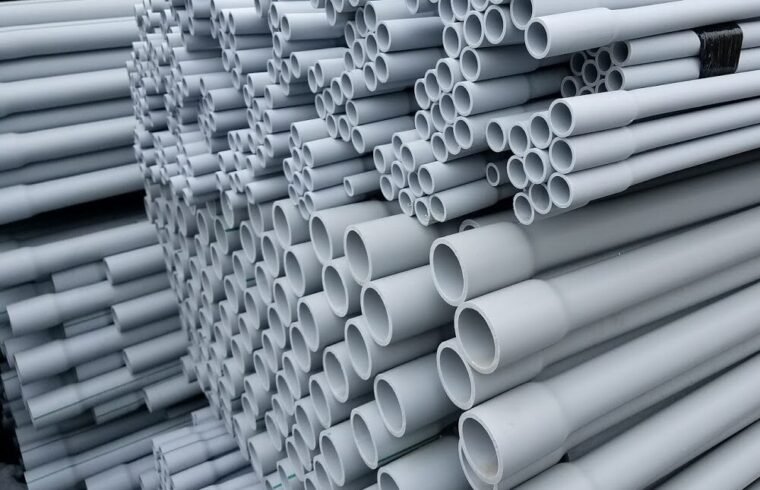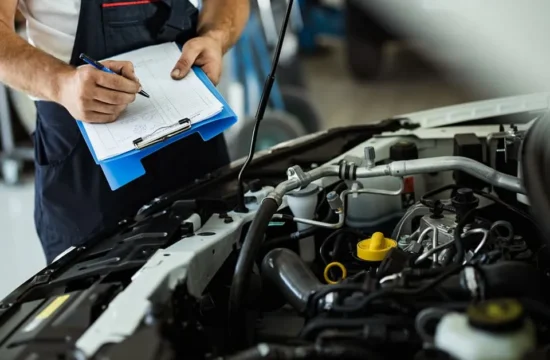Conduit pipes are essential components in electrical installations, providing protection and organization for wiring systems. These pipes serve as a pathway for electrical cables, ensuring safety and compliance with electrical codes. By safeguarding wires from physical damage, moisture, and environmental factors, conduit pipes enhance the longevity and reliability of electrical systems. Whether in residential, commercial, or industrial settings, the use of conduit pipes is crucial for maintaining safe and efficient electrical networks. In this article, we will explore the different types of conduit pipes, their benefits, installation procedures, and applications, highlighting why they are an indispensable part of modern electrical infrastructure.
What is a Conduit Pipe?
Conduit pipes are hollow tubes designed to encase and protect electrical wiring. They come in various materials, including PVC, metal, and fiberglass, each chosen based on specific needs and environments. The primary purpose of conduit pipes is to shield electrical cables from damage while also organizing and routing them through buildings and structures. By preventing direct exposure to moisture, dust, and physical impact, conduit pipes play a vital role in ensuring the safety and functionality of electrical systems. Understanding the basics of conduit pipes helps individuals make informed decisions regarding their use in various electrical projects.
Types of Conduit Pipes
Rigid Conduit
Rigid conduit is a strong and durable type of pipe typically made from metal or heavy-duty PVC. It is designed to provide maximum protection for electrical wiring, making it ideal for outdoor applications or areas where the wiring may be exposed to harsh conditions. Rigid conduit is often used in commercial and industrial settings due to its robustness and ability to withstand impacts. Installation requires special fittings and connectors, ensuring a secure and reliable connection. While it can be more challenging to install compared to flexible options, its durability and protection benefits make it a popular choice for serious electrical applications.
Flexible Conduit
Flexible conduit, made from materials like PVC or metal, offers versatility and ease of installation. It is designed to bend and adapt to various shapes and configurations, making it suitable for tight spaces and complex layouts. This type of conduit is particularly beneficial in residential settings where wires may need to navigate around obstacles. Although not as protective as rigid conduit, flexible options are lighter and easier to install, allowing for quick adjustments. Their adaptability makes them a valuable choice for both temporary and permanent electrical installations, providing sufficient protection for most applications.
EMT (Electrical Metallic Tubing)
Electrical Metallic Tubing (EMT) is a thin-walled, lightweight metal conduit often used in commercial and residential settings. It is easy to install due to its low weight and can be bent to fit various configurations without special tools. EMT provides excellent protection against physical damage and is resistant to corrosion, making it a reliable choice for indoor applications. Its smooth surface allows for easy wire pulling, reducing friction and potential damage to cables. Overall, EMT is an efficient and economical option for protecting electrical wiring in a variety of environments.
Benefits of Using Conduit Pipes
Conduit pipes offer numerous benefits that enhance electrical safety and functionality. One of the primary advantages is the protection they provide for electrical wiring. By encasing wires in durable materials, conduit pipes prevent exposure to moisture, dust, and physical impacts, reducing the risk of short circuits and electrical failures. Additionally, conduit systems improve the organization of wiring, making it easier to identify and access individual cables for maintenance or upgrades. This organization can significantly reduce the time and effort required for troubleshooting. Furthermore, the use of conduit pipes is often a requirement for compliance with electrical codes, ensuring that installations meet safety standards. Overall, conduit pipes contribute to safer, more reliable electrical systems.
Installation of Conduit Pipes
Installing conduit pipes requires careful planning and the right tools. Begin by assessing the project area and determining the type and length of conduit needed. Essential tools include a conduit cutter, bender, and appropriate connectors. Mark the layout on walls or ceilings to ensure accurate placement. When cutting the conduit, ensure clean edges for optimal connections. Follow local building codes and manufacturer guidelines for installation, ensuring that all fittings are secure. It’s crucial to avoid common mistakes, such as over-bending the conduit or using inappropriate connectors, which can compromise the integrity of the installation. With proper techniques, conduit installation can be efficient and effective.
Applications of Conduit Pipes
Conduit pipes are widely used in various applications, from residential wiring to large industrial projects. In residential settings, they protect wiring for lighting, outlets, and appliances, ensuring safety and compliance with electrical standards. In commercial environments, conduit systems are vital for managing complex wiring setups, such as those found in office buildings and retail spaces. Industries such as manufacturing and telecommunications rely heavily on conduit pipe to protect critical wiring from environmental factors and physical damage. Additionally, conduit systems are essential in outdoor applications, such as street lighting and power distribution, where durability and protection from the elements are paramount. Overall, the versatility of conduit pipes makes them suitable for a wide range of electrical needs.
Maintenance and Inspection
Regular maintenance and inspection of conduit pipes are essential for ensuring their long-term effectiveness. Over time, pipes may be exposed to various environmental factors that can lead to wear or damage. Conducting routine checks helps identify issues like corrosion, cracks, or loose connections. Signs of wear may include visible rust, unusual bending, or gaps between pipes and fittings. Addressing these problems early can prevent larger issues, such as electrical failures or safety hazards. It’s also important to keep the interior of the conduit clean, as dust and debris can affect wire integrity. By prioritizing maintenance and inspection, property owners can ensure the reliability and safety of their electrical systems.
Conclusion
In summary, conduit pipes are a vital component of electrical systems, providing protection, organization, and compliance with safety standards. Understanding the different types of conduit pipes, their benefits, and proper installation techniques can help ensure that electrical installations are safe and effective. With applications in various settings, from homes to industrial facilities, conduit pipes play an essential role in modern electrical infrastructure. By prioritizing the use of conduit pipes, individuals and businesses can enhance the safety and reliability of their electrical systems.








